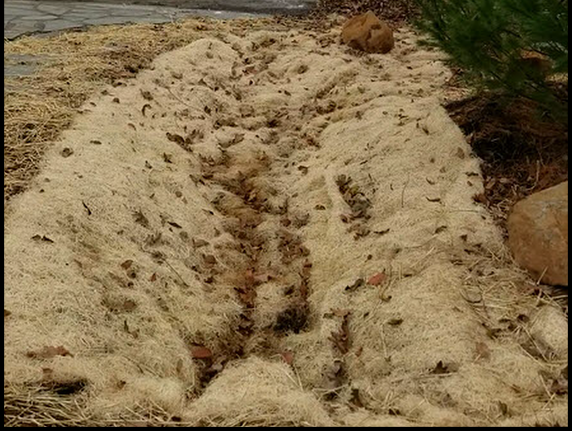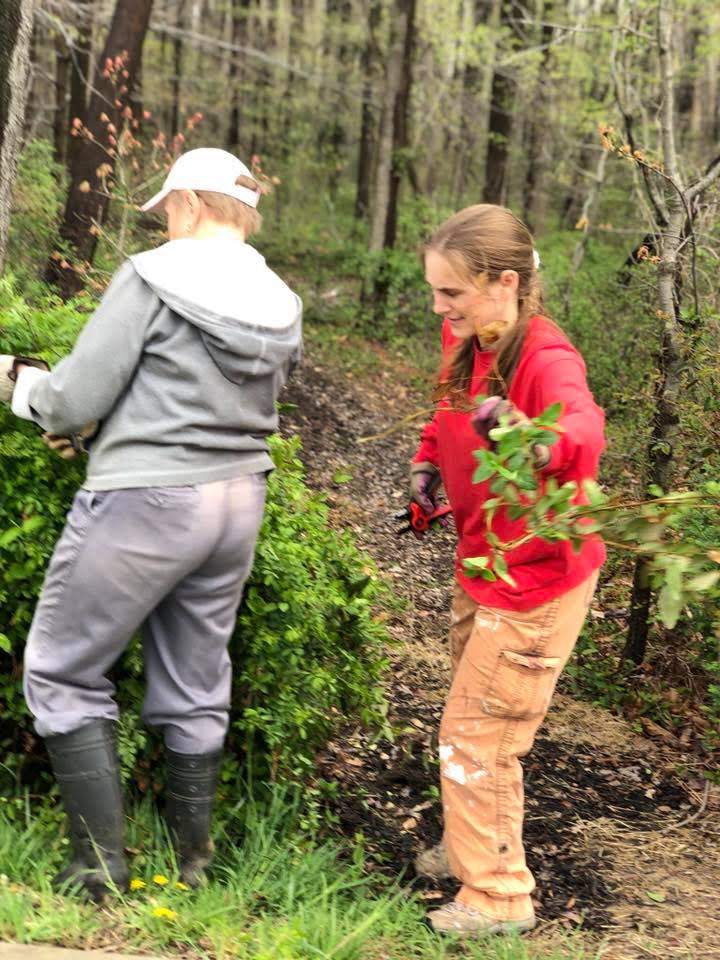Getting Some Green for the Green Pattern Book
Suburbs, like cities, need many more neighborhoods where residents can meet daily needs on foot; streets that give priority to walkers, cyclists, and light rail and buses over cars; and high-quality public spaces. Retrofitting suburbia, to quote Ellen Dunham-Jones and June Williamson, who wrote a book with that title, is “the big project for this century.” A. Hurley, The Secret History of the Suburbs, CityLab (4/9/2019).
It is a big project, even if you're only focused, as NeighborSpace is, on high-quality public spaces. That's because most spaces have to serve many masters - providing passive or active recreational space, filtering stormwater, and serving as a catalyst for raising nearby property values.
In the design, development and stewardship of these spaces, a nonprofit land trust like NeighborSpace has to make every dollar do double duty. Yes, the design should create a rain garden, vegetated swale or bioretention area to capture and treat stormwater. But that area needs to be beautiful and it may need a footbridge to accommodate pedestrian traffic. To be sustainable, moreover, it will need to be properly maintained - in perpetuity.

The beginnings of a vegetated swale at Powhatan Park
This latter challenge - maintaining high-quality public spaces in perpetuity (i.e., forever) - is a big one, one that grows with every new property NeighborSpace takes on and with every passing year. Because our stewardship model relies heavily on volunteers to do this work, NeighborSpace needs to be very concerned about giving them the tools they need to get the job done.
Enter the Green Pattern Book. Modeled after a similar publication completed by the Baltimore City Office of Sustainability, the Green Pattern Book to be developed by NeighborSpace will feature resources and tools that align with various classifications that have been used to characterize the conservation purposes of protected lands. For instance, the NeighborSpace property at Norman Creek in Essex is categorized in the property management plan as Pedestrian Trail/Urban-Forest and Buffer/Stormwater Management. Specific activities are required at Norman Creek, like ridding the forest of invasives, based on those three designations. The Green Pattern Book would take this all a step further by providing the specific community resources (e.g., volunteer manpower (college groups, scouts, etc.)) and expertise (master gardeners, colleges) that can be accessed for NeighborSpace and its partners to implement the goals in the management plan.

Members of the Cottages at Norman Creek HOA Rid Trees of Vines
As they have done on several prior occasions, the Keep Maryland Beautiful Program, the Maryland Environmental Trust, and the Maryland Department of Transportation have been generous in their support of NeighborSpace's efforts to retrofit the inner suburbs with high-quality open space. In March, they awarded NeighborSpace a $6,000 Janice Hollman Grant to partially fund the Green Pattern Book work. Since that time, NeighborSpace has continued to fundraise for the project's $10,000 cost and, as of this writing, is roughly $2800 short of its goal. If you are able to make a donation, we would be grateful. You may do so by clicking here.